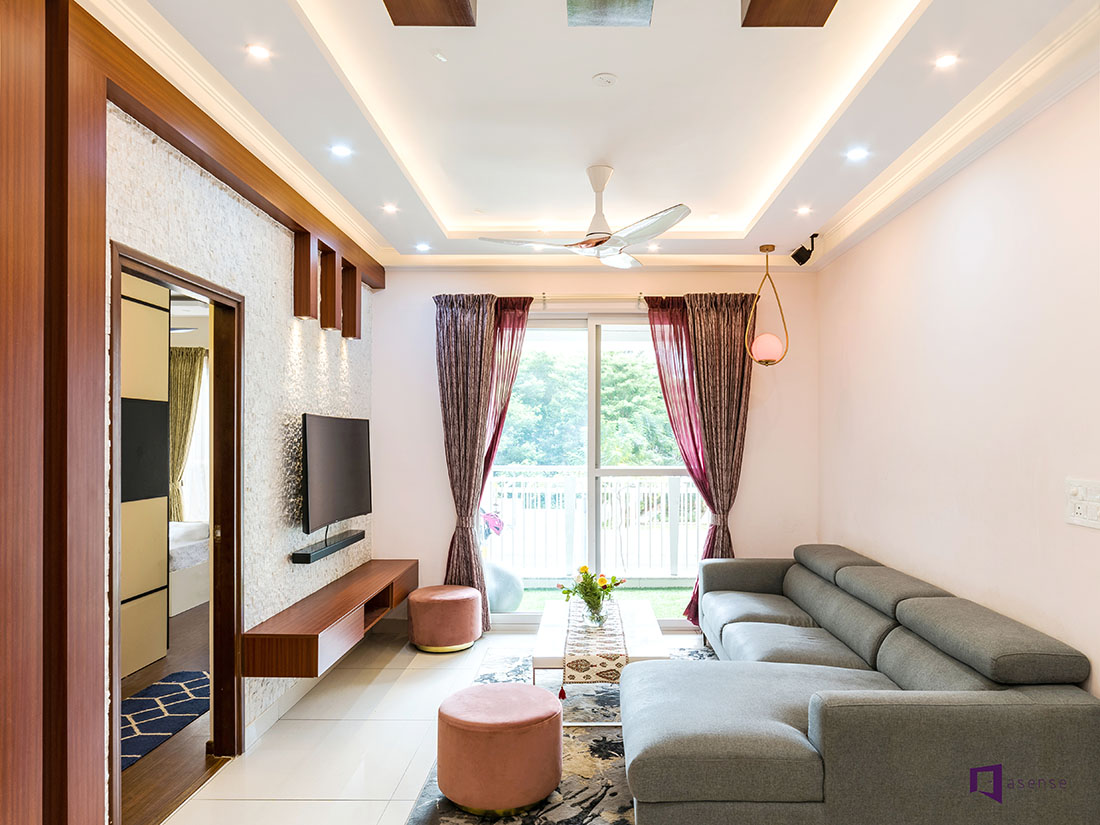Change Your Home With Vital Concepts of Interior Decoration and Visual Appeals
By recognizing the influence of shade theory and the significance of appearance and patterns, one can create spaces that are not just aesthetically appealing but additionally deeply individual. Attaining this stability includes more than plain design; it includes a tactical arrangement and an eager understanding of exactly how each element connects within an area.
Comprehending Color Concept
Understanding the concepts of shade theory enables developers to create rooms that resonate mentally with occupants while satisfying useful requirements. Each classification plays a critical function in developing consistency within a space.
The mental effect of shades is extensive; warm tones such as reds and oranges evoke energy and warmth, while great tones like blues and eco-friendlies advertise calmness and serenity. The usage of complementary colors improves aesthetic passion, developing striking contrasts that can boost a room's charm.
Neutral colors, on the various other hand, function as a functional background, permitting other style aspects to radiate. It is important to consider factors such as lighting and the space's function when choosing a color combination, as these can change the understanding of colors throughout the day.
Inevitably, a well-considered color pattern can change a room, promoting a feeling of convenience and design that straightens with the inhabitants' choices. Proficiency of shade theory is, as a result, a crucial skill for any type of interior developer intending to produce harmonious and inviting environments.
Achieving Equilibrium in Style
How can designers achieve a feeling of stability in their rooms? Accomplishing equilibrium in style is fundamental to producing harmonious insides.
Unbalanced balance, on the various other hand, relies upon varying aspects that still achieve a cohesive appearance. This technique allows for even more vibrant and informal plans, offering passion while preserving stability. By thoroughly picking varying dimensions, colors, and appearances, designers can produce an aesthetically compelling room that really feels balanced yet energetic.
Radial balance highlights a central focal factor with aspects emitting outside. This design is typically seen in circular formats, where furnishings and design develop a cohesive surround that draws the eye inward.
Inevitably, attaining balance needs thoughtful factor to consider of scale, proportion, and the relationships between aspects. luxury interior design. By masterfully using these equilibrium principles, designers can change spaces into atmospheres that really feel both aesthetically pleasing and functionally unified, enhancing the total experience for occupants
Significance of Spatial Understanding

An eager feeling of see post spatial awareness allows developers to determine centerpieces within a room, guiding the audience's interest to crucial features while maintaining a total feeling of unity. It additionally aids in the tactical positioning of illumination, which can considerably influence the understanding of area and mood. Moreover, understanding spatial partnerships enables the developer to deal with the specific demands of inhabitants, making sure that each location offers its intended purpose without compromising aesthetic appeals.
Ultimately, spatial awareness is crucial check here for taking full advantage of the capacity of any kind of indoor area. By thoroughly considering the interplay in between dimensions, format, and feature, developers can create settings that not only fulfill useful requirements yet also evoke a feeling of comfort and charm, enhancing the general living experience.
Including Structure and Patterns
Accepting a diverse variety of textures and patterns can substantially boost the aesthetic and responsive appeal of an indoor space. The strategic usage of various products-- such as wood, metal, textile, and rock-- produces deepness and passion, making a space really feel much more inviting and dynamic. For instance, incorporating smooth surfaces with rough appearances can establish a balance that attracts the eye and engages the senses.
When including patterns, think about both scale and repeating. Big patterns can serve as prime focus, while smaller sized, subtle layouts can enhance various other elements without overwhelming the room. Layering patterns, such as pairing floral paddings with candy striped throws, adds intricacy and a sense of harmony if performed thoughtfully.
It is original site additionally critical to maintain a natural color combination, making sure that appearances and patterns interact instead of compete for interest. By selecting a few essential structures and patterns, you can produce a merged visual that reflects your individual design while boosting the general atmosphere of the room. Ultimately, the cautious unification of these elements can transform an ordinary space right into an innovative atmosphere abundant with personality and heat.
Customizing Your Area
Producing an area that mirrors your personality is vital to achieving a genuinely welcoming atmosphere. Personalization in indoor layout permits you to infuse your distinct design and passions into your home, transforming it from a simple shelter into a shelter that talks with who you are. Begin by choosing a shade scheme that reverberates with your feelings-- vibrant colors can energize, while soft tones provide harmony.
Integrate artwork and decoration that mirror your interests, whether it be traveling, nature, or abstract ideas. Presenting personal collections, such as publications, pictures, or mementos, can evoke cherished memories and develop centerpieces within a room. Furthermore, consider tailoring useful items, like upholstered furnishings, to align with your visual choices.

Final Thought
Finally, the improvement of a home with the essential concepts of interior decoration and appearance necessitates a detailed understanding of color theory, equilibrium, spatial understanding, structure, and customization. Each component contributes dramatically to creating a harmonious and useful living environment - miami interior design. By thoughtfully integrating these concepts, people can improve the visual allure and psychological vibration of their areas, eventually promoting a home that reflects one-of-a-kind identifications while giving comfort and usefulness